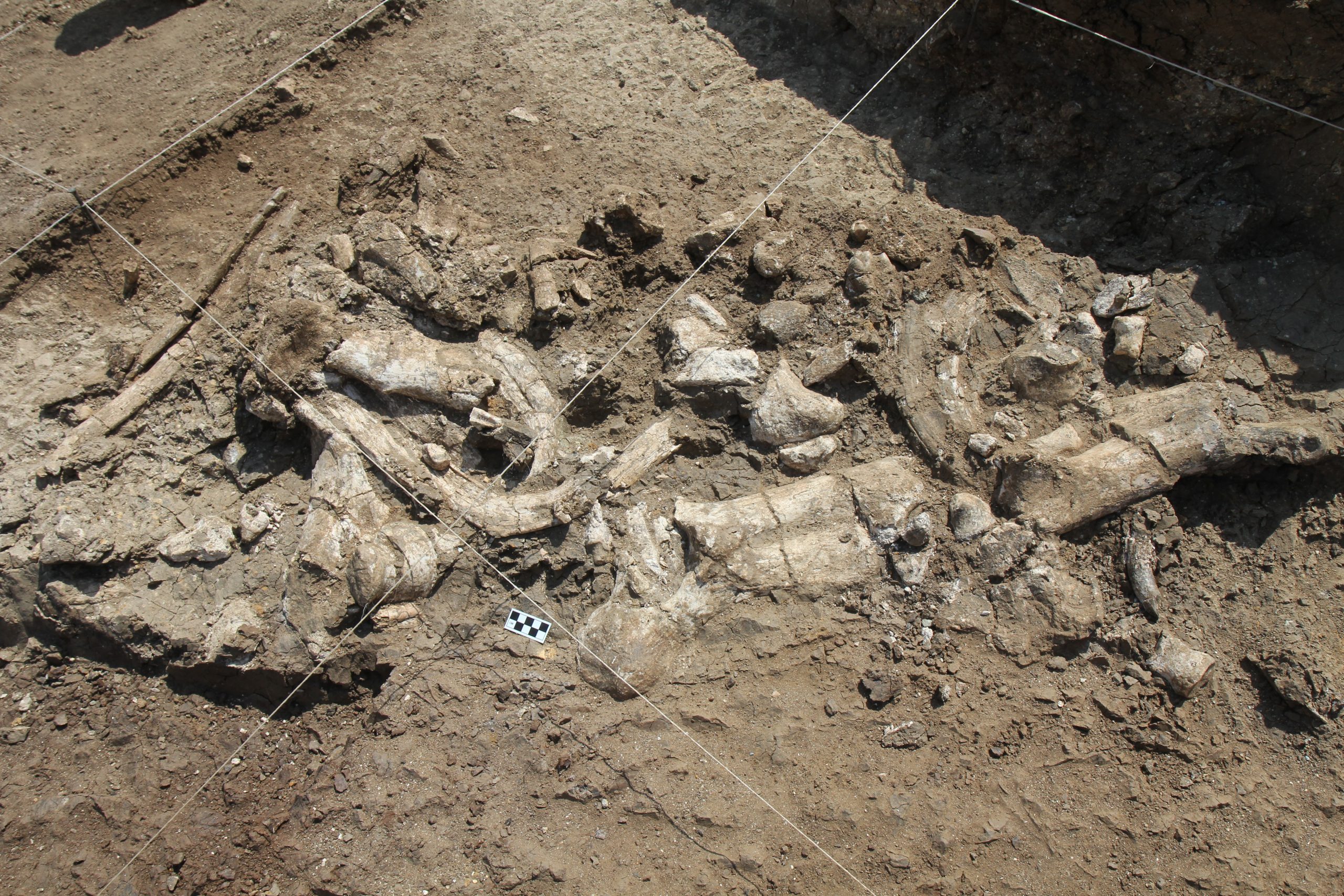The discovery of Paranthropus near these stone tools challenges the long-held belief among scientists that only the genus Homo, to which humans belong, was capable of producing tools like that.
The earliest stone tools ever discovered have been revealed by archaeologists, and they believe someone other than our closest Homosapien predecessors may have made them.
The ancient tools, which were discovered in 2016 at Nyayanga, Kenya, along the shores of Lake Victoria, match the style of the Oldowan toolkit, the name given to the oldest categories of stone tools created by hands that matched ours.
The recently discovered tools were created between 2.6 and 3 million years ago, according to dated predictions, before being submerged for ages in silt and sand. A total of 330 objects were discovered among 1,776 butchered animal bones that had fossilised.
The earliest Oldowan implements prior to this date from 2.6 million years ago.
Although the precise date of the newly discovered artefacts is unknown, the fact that they were made during a period when Homosapiens and other early humans roamed the earth together marks a significant technological advance for those who made them, whoever they may have been.
“With these tools you can crush better than an elephant’s molar can and cut better than a lion’s canine can,” stated to Rick Potts, a paleoanthropologist at the Smithsonian Institute’s National Museum of Natural History who participated in the study.
“Oldowan technology was like suddenly evolving a brand-new set of teeth outside your body, and it opened up a new variety of foods on the African savannah to our ancestors.”
Along with hammerstones, sharp-edged flakes, and pieces of rib, shin, and scapular bones from hoofed ruminant mammals known as bovids and hippos were discovered during the excavation.
These gadgets were so useful that throughout the centuries, technology would expand throughout Africa. From northern to southern Africa, Oldowan sites older than 2 million years have been discovered in both grassy and woodland environments.
However, up until this point, the oldest Oldowan sites were limited to two locations in Ethiopia’s Afar Triangle, which were around 50 kilometres apart.
The geographic range of the earliest Oldowan tools is now known to extend more than 1,300 kilometres to the southwest thanks to the Nyayanga discovery.
As a result of reducing their age estimations using a variety of dating methods, the researchers were able to determine that their emergence occurred around 2.9 million years ago.
“What’s really interesting is that here at this site you have some of the earliest evidence of butchery of megafauna, even before the advent of the use of fire,” said Julien Louys from Griffith University’s Australian Research Centre for Human Evolution.
Along with the tools and bones, the team also discovered two teeth that were later recognised as belonging to Paranthropus, a close relative of humans. The teeth were an upper and lower left molar that were both cracked in half.
According to a carbon isotope analysis of the molar tooth enamel, the ancestors of modern humans consumed both meat from animal carcasses and a lot of plant-based diets.
The researchers hypothesised that these hominins, rather than our more distant predecessors from the Homo genus, may have created or were at least utilising the stone tools after one of the teeth was discovered in close proximity to the Oldowan artefacts.
Although the creation of Oldowan tools is frequently attributed to the genus Homo, the co-existence of other hominins like Paranthropus and the discovery of these two teeth suggests that Homosapiens was not the only species to develop the ability to create tools that aided in the expansion of their food.
Notably though, the true creators of these tools will never be known, and any assertions regarding their identity are likely to face intense examination from other researchers or from subsequent discoveries.







